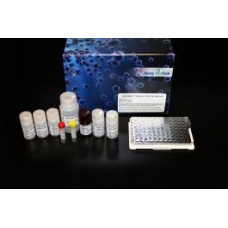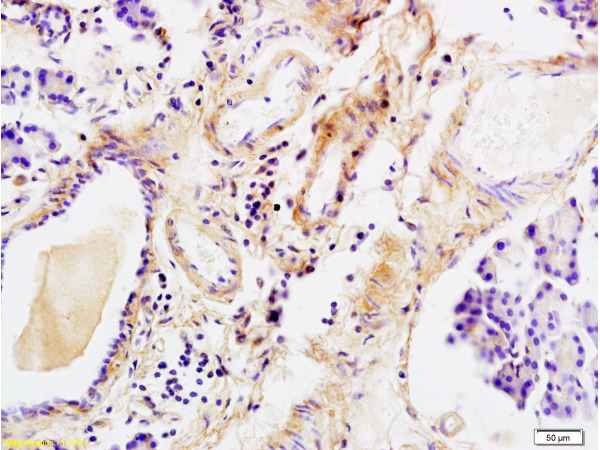Mouse anti Human Tenascin
X1261M
ApplicationsWestern Blot, ImmunoHistoChemistry, ImmunoHistoChemistry Frozen, ImmunoHistoChemistry Paraffin
Product group Antibodies
TargetTNC
Overview
- SupplierNordic-MUbio
- Product NameMouse anti Human Tenascin
- Delivery Days Customer7
- Application Supplier NoteDetects human tenascin protein by Western blot at 1-5 microg/ml. Can also be used for immunohistochemistry on frozen and paraffin-embedded tissue sections and for immunoprecipitation. Optimal concentration should be evaluated by serial dilutions.
- ApplicationsWestern Blot, ImmunoHistoChemistry, ImmunoHistoChemistry Frozen, ImmunoHistoChemistry Paraffin
- Applications SupplierImmunohistochemistry (frozen & paraffin);Western Blotting;Immunohistochemistry (frozen & paraffin);Western Blotting
- CertificationResearch Use Only
- ClonalityMonoclonal
- Clone IDT2H5
- ConjugateUnconjugated
- Gene ID3371
- Target nameTNC
- Target descriptiontenascin C
- Target synonyms150-225, DFNA56, GMEM, GP, HXB, JI, TN, TN-C, tenascin, GP 150-225, cytotactin, deafness, autosomal dominant 56, glioma-associated-extracellular matrix antigen, hexabrachion (tenascin), myotendinous antigen, neuronectin, tenascin-C additional domain 1
- HostMouse
- IsotypeIgG1
- Protein IDP24821
- Protein NameTenascin
- Shelf life instructionSee expiration date on vial
- Reactivity SupplierHuman
- Reactivity Supplier NoteHybridoma produced by the fusion of splenocytes from mice immunized with protein preparation from a homogenate of a human mammary tumor and mouse myeloma cells.
- UNSPSC12352203







